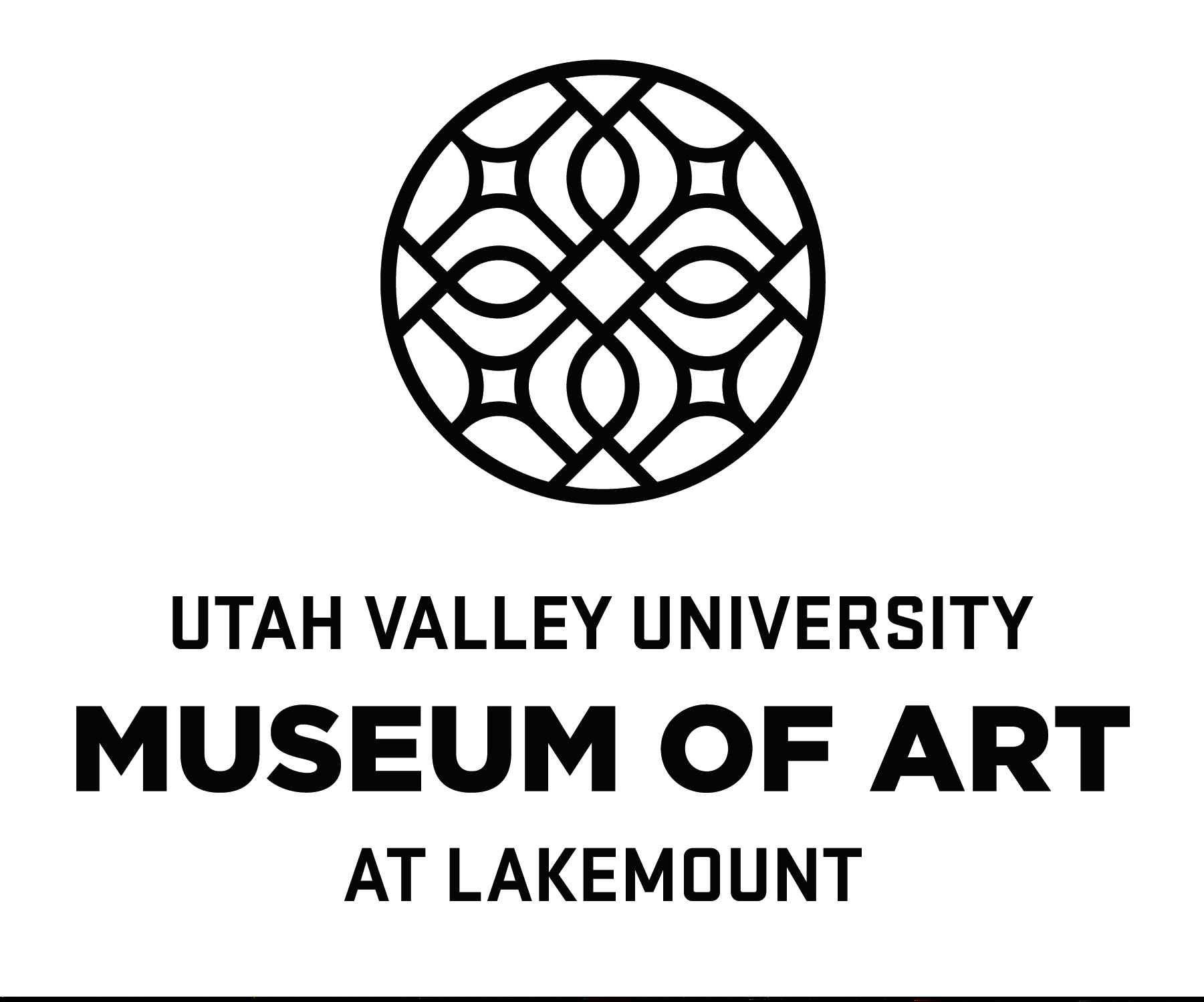Printmaking is a process of transferring images from a template to paper or another material. There are many different methods of printmaking, including: etching, lithography, screen printing and engraving. Many of these processes take great skill and time. Rembrandt is a well-known printmaker. He made a series of self-portraits by crafting his image on a metal plate, covering the image with ink, and then transferring it to paper. The process of printmaking allows the artist to re-use the original template and recreate a print in a new format without having to start from scratch each time. For variation, the artist can change the color of the ink and the materials used to make the final print.
Learn More: Look online for examples of artists who use printmaking in their etchings, lithographs, and engravings.
Activity: Today, we are going to create a simple form of printmaking using glue, cardboard, and paint.
Materials:
● Hot glue
● Cardboard
● Acrylic paint
● Paint brush
● Pen or pencil
● Paper plate (to put your paints on)
Alternatives and Embellishments: You have a lot of options when it comes to this project. Adding embellishments to your project will create different designs and textures for your print. Try adding yarn, foam stickers, feathers, bubble wrap, or any other material you have in the house to your glue and then proceed to add paint to those items as instructed. You can also try Elmer’s glue if you do not have hot glue. If you don’t have cardboard, you can use stock paper. Have fun testing new materials and seeing what kinds of prints they create.
Directions:
1 - Take a piece of cardboard and draw any shape or pattern you want with a pen or pencil. You can draw lines, dots, animal faces, or anything you want to draw to make your print.
2 - Take your glue gun and trace the lines you just drew with glue.
3 - Wait for the glue to completely cool and harden. The glue will create a raised surface that will allow you to transfer your design to paper.
4 - Add a generous amount of paint to the glue pattern using your paintbrush.
5 - Once painted, place your glue pattern onto your paper. Transferring your print is similar to using a stamp.
6 - Press down and rub so that the paint adheres to the paper.
7 - Carefully lift your print from the glue pattern to see your transferred artwork. Allow your print to completely dry.
8 - We love to see your artwork! Share your work with our museum by posting to our social media with #wamcreateclub
